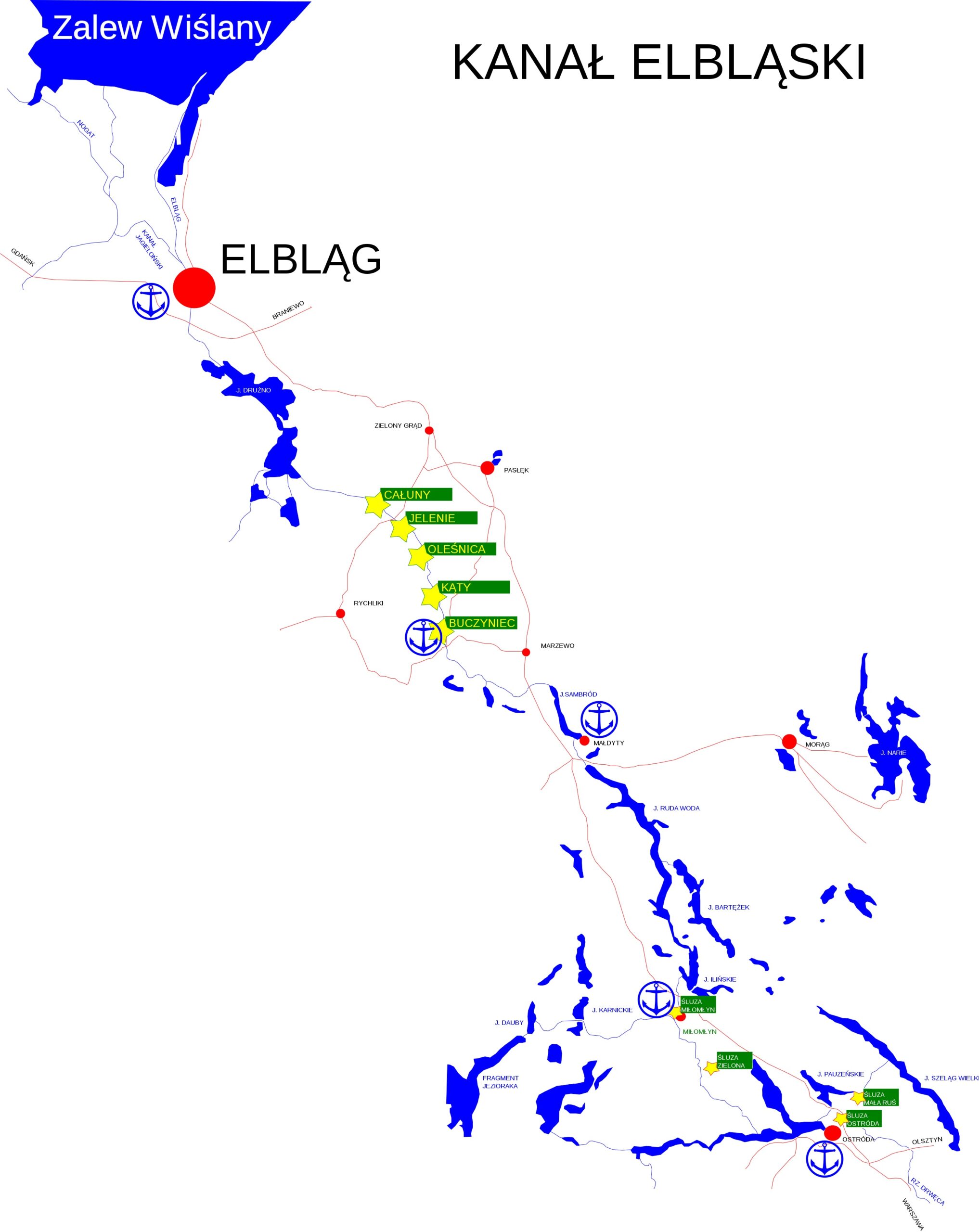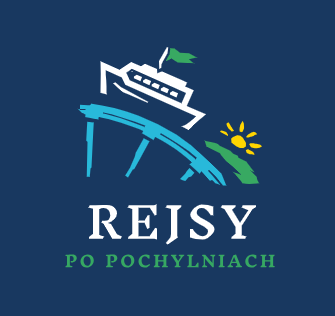Western Masuria
THE ELBLĄG CANAL.
Sailing through grass
Elbląg Canal is the only one of its kind in the world. Only here you can sail a ship on the grass! It’s a monument of technology and history. Elbląg Canal is one of the seven wonders of Poland and the longest navigable route in Poland which impresses everyone with its unusual technical solution – slipways on which ships and canoes overcome differences in level, and thanks to this you can sail on... grass!
The canal connects the Druzno Lake with the Drwęca River and Lake Jeziorak, opening a waterway from Western Masuria to the Vistula Lagoon and the Baltic Sea. You can travel it in a variety of ways: choose a boat cruise with one of the many carriers, rent a canoe or use a yacht and explore the charms of the canal on your own.
Difference in level
Total length
Completion date
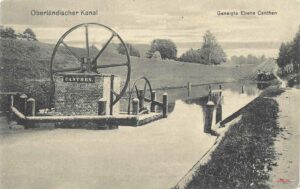
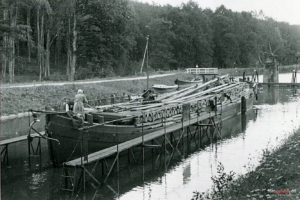
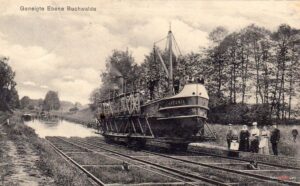
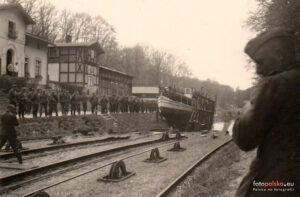
Recommended carriers
About the
CANAL.
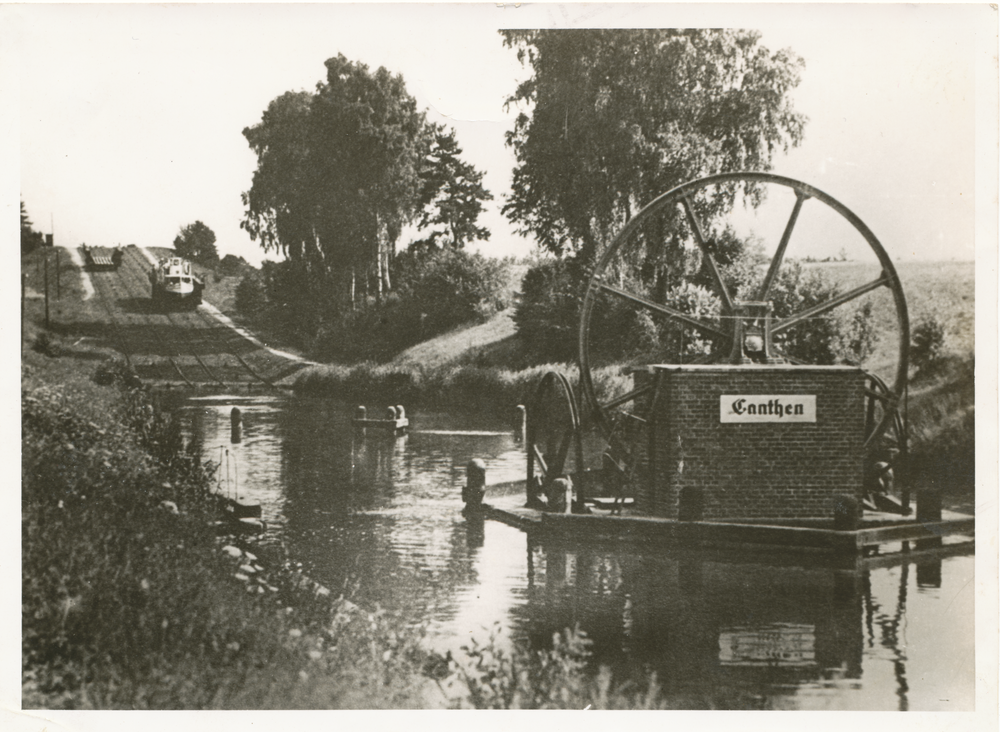
The history of the canal
The Elbląg Canal was built between 1844 and 1860 thanks to the engineer Georg Jacob Steenke who accepted a commission from Frederick William IV who wanted to connect East Prussia with the Baltic Sea by a navigable route. The greatest obstacle was the 99-meter difference in water level along a 10-kilometer stretch between the lakes of Druzno and Piniewo.
Instead of building 32 locks, which would have been the biggest bottleneck, Georg Jacob Steenke designed five slipways: Buczyniec, Kąty, Oleśnica, Jelenie and Całuny.
Slipways are sets of hydrotechnical and mechanical devices used to pull vessels from a lower position to a higher position and vice versa. On each of the slipways, carts move on tracks that are powered by a water wheel or a turbine.
To learn more about the history and technology of the Canal, be sure to visit: the Chamber of History of the Elbląg Canal in Buczyniec (ihke.pl)
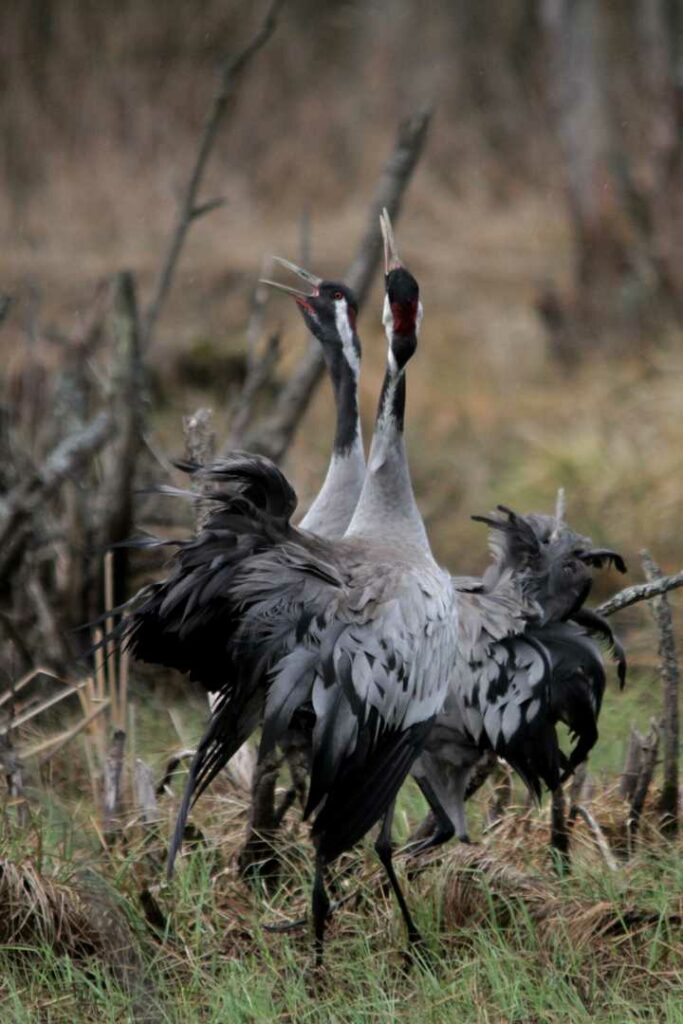
The beauty of Western Masuria
The Elbląg Canal is not only a waterway between Ostróda and Elbląg, but its legs also lead to Iława and Stare Jabłonki.
Cruising along the Elbląg Canal, you can admire the beauty of Western Masuria from a unique perspective. Choose a kayak or boat and relax on one of the many lakes: Szeląg Mały, Szeląg Wielki, Drwęckie, Ilińskie, Ruda Woda and Jeziorak.
Along the Elbląg Canal, you can find many unique species of plants and animals that make up the flora and fauna of the region. You can easily spot whiskered terns, black-necked grebes, little crakes, spotted crakes, herons, cranes and hunting white-tailed eagles and marsh harriers along the route.
This is an ideal place for families with children and active people. Welcome to the Elbląg Canal – a place where you can sail through the grass!
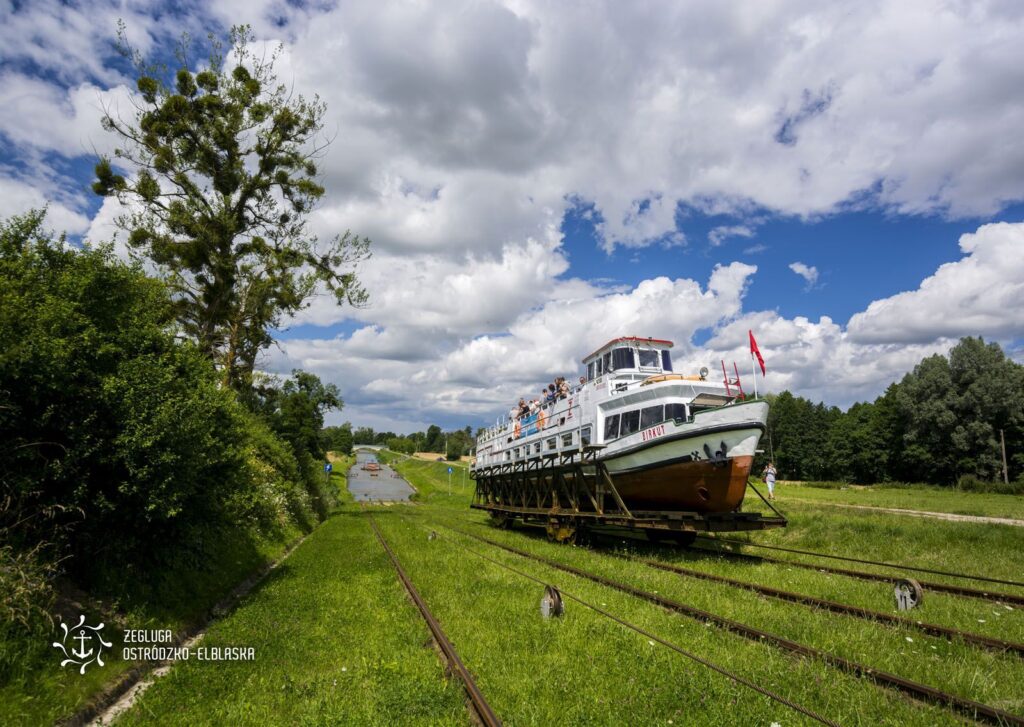
Fun facts
Over the decades, the canal has had more than a dozen different names, including Elbing-Oberländischer Kanal, Kanał Elblągsko-Oberlandski, Oberländischer Kanal, Kanał Oberlandzki (all more or less signifying that is the canal of Elbląg or of Higher Prussia). Currently, the Elbląg Canal is considered to be the section between the lakes of Druzno and Drwęckie. The section from Miłomłyn all the way back to the lakes Karnickie and Dauby, and eventually to Lake Jeziorak, is called the Iława Canal. In turn, the section from Ostróda to the lakes of Szeląg Wielki and Szeląg Mały is called the Ostróda Canal.
The total length of the canal is more than 150 kilometers. The canal connects Lake Druzno with the Drwęca River and Lake Jeziorak. Lakes lying at different heights between the Vistula Lagoon and Ostróda were used for its construction.
In the second half of the 19th century, the canal was of great economic importance for the region. Thanks to it, timber, crops and other industrial goods were transported. But the development of rail transportation meant that by the 1930s the canal was only used by tourists.
In 1912, the canal was used by the first group of tourists aboard the ship “Sea Rose” (Róża Morska). In the following years, more and more cruise ships started to sail here, and soon cruises on the canal became a big attraction in the region. And so it its to this day.
Map of the Elbląg Canal
